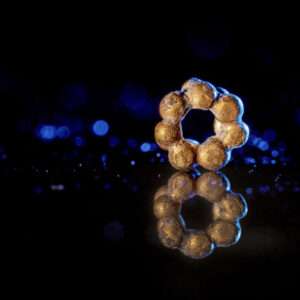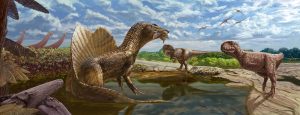Story By: Maja Mishevksa, Sub Editor: Marija Stojkoska, Agency: Newsflash
An unopened letter from 1987 has at long last reunited a headless Pharaoh statue in the Netherlands with a bodiless statue in the US in what has been described as being “like a plot for a movie or a book”.
According to Egyptologists Lara Weiss and Rob Demaree from the Dutch city of Leiden, after the death of Egyptologist Professor Joris Borghouts two years ago, an unopened letter was discovered at his estate.
Weiss was the one to open the mysterious letter that was signed by Thomas Logan, the then chief curator of the Egyptian collection at the Oriental Institute Museum in Chicago in the US.
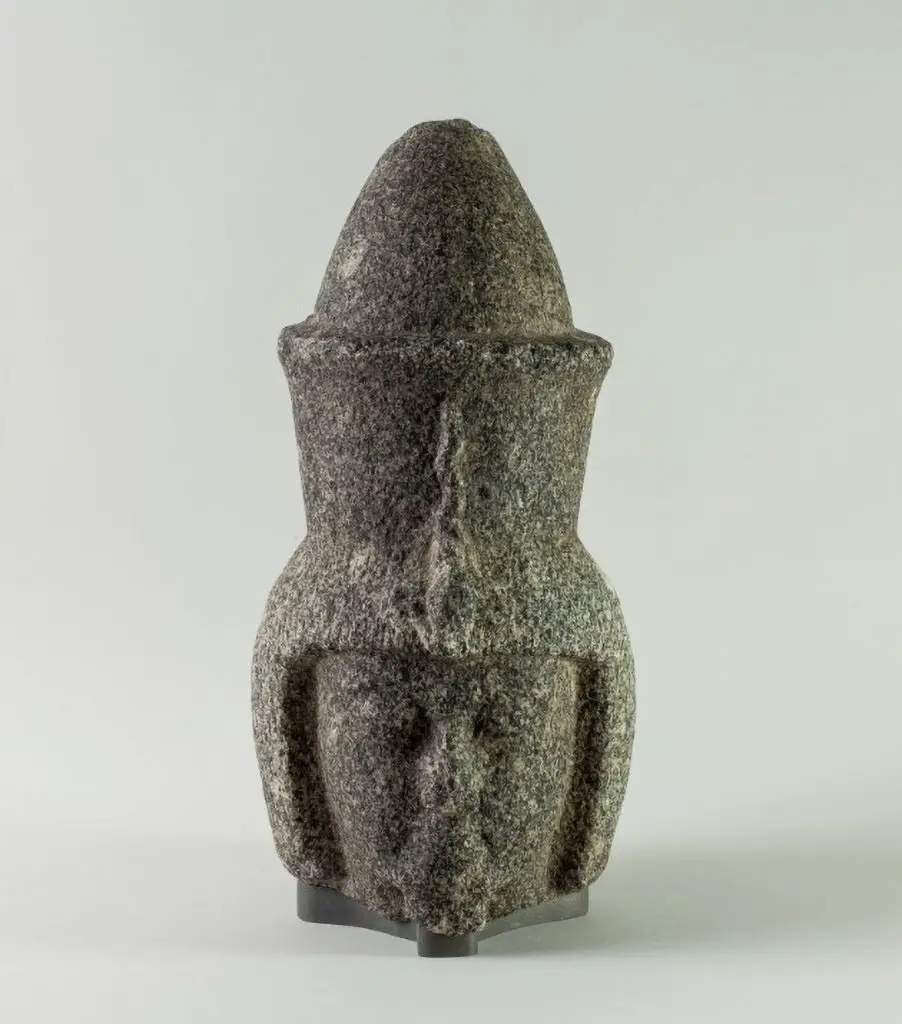
In the letter, Logan suggests that the head of Pharaoh Ramses VI (1144-1137 BC), which is in his museum in Chicago, could very well fit the torso statue in Leiden.
Weiss and Demaree contacted the concerned authorities in Chicago to discuss the idea.
After multiple measurements were made, they jointly concluded that the torso and the head definitely belong together.
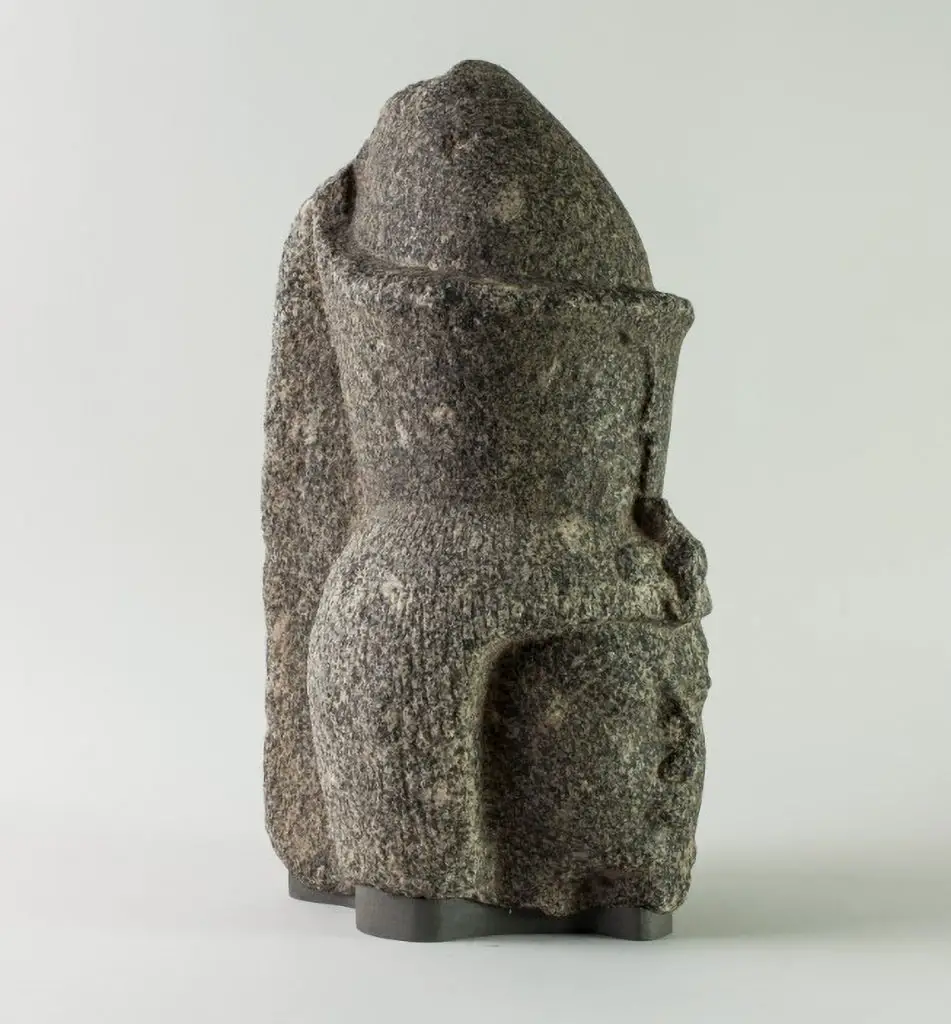
They said the fracture surfaces fit together perfectly, the torso and head were made in exactly the same proportions, and there were hieroglyphs praising the king continuing from the back of the head down the back of the torso.
Weiss told local media: “It’s an incredible story, it’s almost like a plot for a movie or a book.”
“It is a mystery to everyone why that letter from 1987 was never opened.”
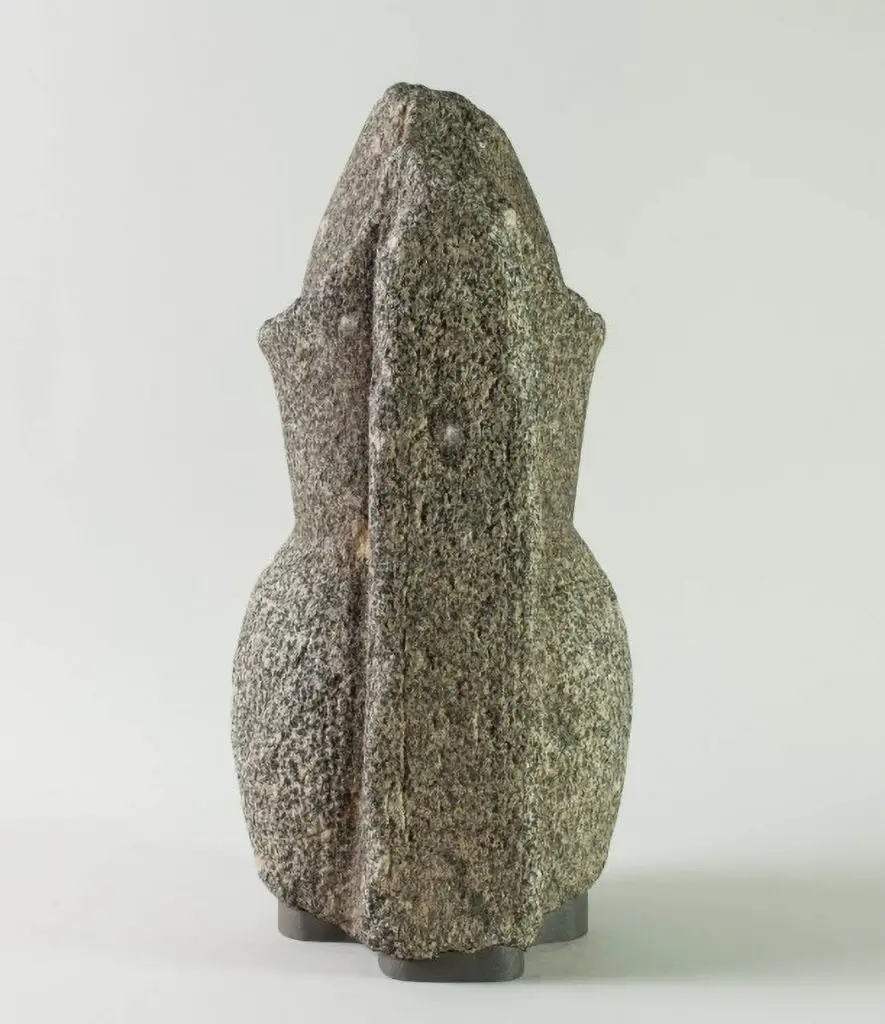
She added that due to the COVID-19 pandemic, they have not yet managed to physically join the pieces together, but they are currently working on a 3D print that could temporarily complete the statue.
The statue, approximately 1.8 metres (6 feet) tall, is believed to have once stood in the temple of Amun, the God of ancient Thebes in Greece.
At one point it was smashed to pieces, after which the head, torso and legs were separated.
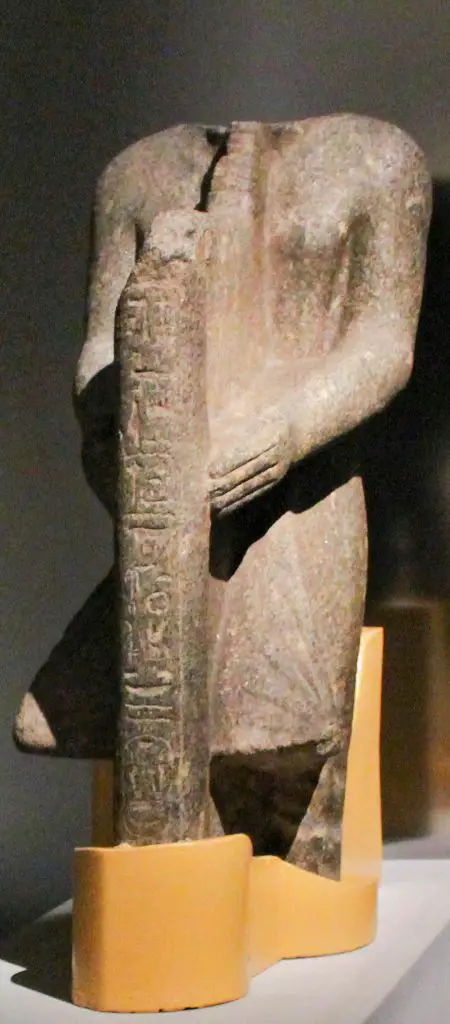
The head was purchased in Egypt in 1929 for the Oriental Institute Museum in Chicago, and the torso was bought in Egypt by an art collector from Amsterdam and sold on to the Rijksmuseum van Oudheden in 1941.
The museum’s next mission is to find the Pharaoh’s legs.
Weiss said: “It was a standing figure with the left leg forward.
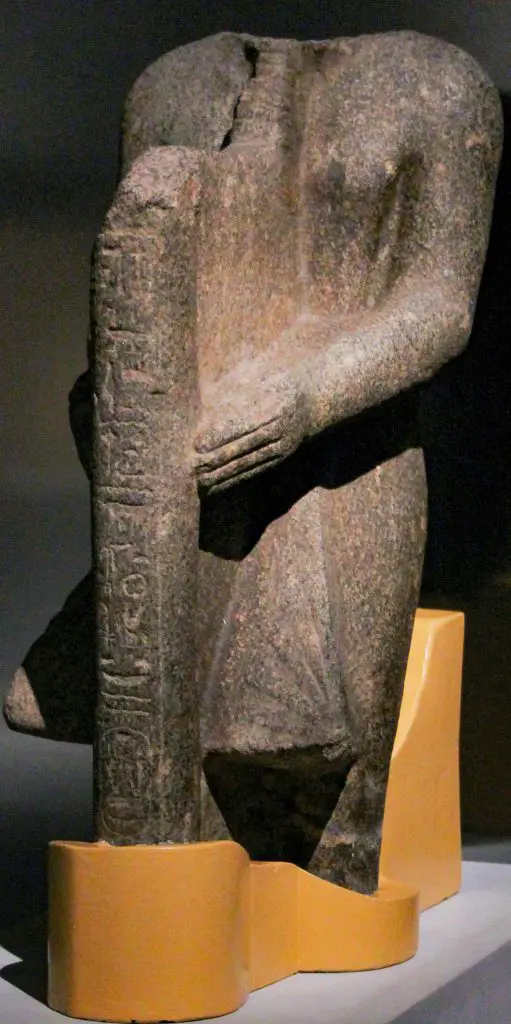
“We know the material, the colour and the fault line, but it will still be difficult to find the legs, since legs without a corresponding body are rarely exhibited and therefore often not well described.”
The ViralTab page is created by and dedicated to professional, independent freelance journalists. It is a place for us to showcase our work. When our news is sold to our media partners, we will include the link here.

